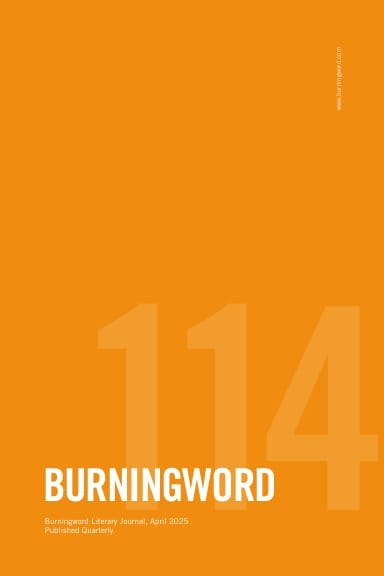During my third May in the house I built, a sog of mist dripped from one day into the next. One afternoon, when no doors were closed, a drizzly fog drifted up the valley and entered my front door and trailed—like the ghost of a snake—through the house and out the back door. It passed by me, a strand of vapors, and merged with the mother cloud on the other side of the house.
A fog in the old cantos forebodes reckless actions caused by short-sightedness. Or else its drift is a symbol of memories lost. It mutes nature and makes implicit the forms it contains. As such, fog is elegiac—an encrypting ether that spirits the imagination to the horizon’s absence, the erasure of trees. It settles on the world a crown of longing.
Hemmed in by a dense fog, I walk the slim margins of visibility without orientation. This kind of fog is a labyrinth without hedgerow corridors to follow and right-angled choices. In the place of spatial acclimation is the visual cancellation of depth. Dense fog is a self-referential experience, a targeting of consciousness as a center without circumference.
Or—in the near distance—the fog fills the woods: the air permeable, a murky waft that silhouettes and desaturates the trees. Forms appear more like a dream of forms, emerging and disappearing as the fog settles and unsettles. I see outlines and contours—what I might call the forest’s presentness—as vague references. The wooded horizon dissolves into a play of restless tonalities.
Acting as the cloud it is, fog is ephemeral. It persists without anchor—drifting away or lifting—vaporous droplets incubating rain. In late summer, a wisp of fog often settles over the valley in late evening. Although a common scene during mornings, it is hard to pass by and not take notice: ridges and mountaintops poke above a sea of white—an archipelago of the high Appalachian Mountains.
In this area of the Blue Ridge Mountains in North Carolina it is lore that for every morning fog in August there will be a day of snow in winter. In my county where students miss an average of 15 days of school due to winter weather, this form of forecasting is practiced more than you might expect. The tradition is to put a large bean in a jar for a heavy fog and a small bean in for a light fog. Each large bean represents a heavy snow day in winter, and a light snow day, determined by the ability to track a rabbit in it, for each small bean.
After the sun rises above the eastern ridge the valley fog burns off. Slowly, increments of color clarify. Forms—still ambient in the last of the mist—tighten their lines of contrast and depth. Remnant moisture rises back into the sky. The fog is gone in a breath.
Philip Arnold’s essays have appeared in North Dakota Quarterly, Gulf Stream, Fugue, and apt, where his piece, “Stereoscopic Paris,” was a notable selection in the 2017 Best American Essays anthology. He is the author of the poetry collection The Natural History of a Blade (Dos Madres Press 2019), and has had work appear in Arts & Letters, Iowa Review, Atticus Review, Midwest Quarterly and Southern Poetry Review.


